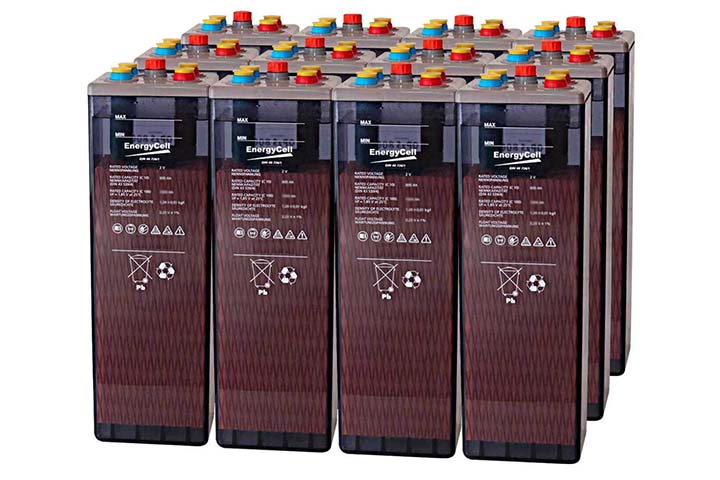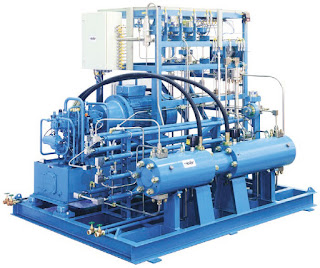Globe valve types, parts and a comparison between the globe valve and the ball valve
In this article, I want to talk about Globe valve and ball valves and then compare them together to help you learn more about these two compared to each other and also decide which one would be the right choice for your system.
So, let’s get
into the details:
Categorizing
globe valve types can be done based on different factors such as body type,
bonnet connection, etc. The categorization based on the body contains three
types:
-
Y
types;
-
Z
types;
- And Angle types.
Y types:
This type has
been designed to take care of the high pressure drop problem. The Stem and the
Seat in the Y type have a 45-degree angle to the pipe axis. They can manage
high pressures and where the pressure drop causes problems.
Z types:
One of the most
popular globe valve types is the Z type. The simple design of this valve
contains a Z-shaped partition in its body with a horizontal seating arrangement
inside. This setting enables the perpendicular travel of the disk and the stem
to the pipe axis. This results in a very high pressure loss. The easy
installation, repair and manufacturing of this type make it one of the most
popular valves compared to other designs. You should use the Z type when the
pressure drop is not important.
Angle types:
This type of valve can turn the flow direction by 90 degrees. The angle type globe valves can handle the slugging effect and are perfect for the fluctuating flow conditions.
The other
categorization is based on the body bonnet connection that contains 4 types:
Welded-bonnet, Screwed bonnet, Bolted-bonnet, and Pressure-seal bonnet. If you
want to learn more about different globe valve types, check out this link
that contains amazing information about different types of globe valves and
their functions.
Now let’s dive into different globe valve parts and learn about them a bit.
Some major
globe valve parts are the body, the seat ring, the cage, the bonnet, and the
plug. We’ll continue to talk a bit more about them to learn their function.
-
Body
All globe valve
types have a body since it’s the main structure that holds the units together
and helps them not fall apart. There are several ports at its opening that
allows the fluid to move into or out of the valve without any problem.
-
Cage
The cage has
been designed to surround the plug and the stem in a globe valve which later on
we’ll explain their functions too. Cages not only one of the parts that
determine the flow within a valve but also help guide the plug to the seat to
provide the best possible shutoff and avoid leakage.
-
Seat
ring
Seat rings (aka
seats) work as a seal for the space between the disk/stem and the bonnet. There
are two types of seat rings: torqued or screwed into the globe valve. The seat
provides a shutoff surface for the plug. They hold the cage to the globe
valve’s body firmly.
-
Bonnet
The bonnet is
connected to the valve’s body and is responsible for a leak-proof closure. It
also has different designs such as union, screw-in or bolted.
-
Stem
This part
connects the handwheel or the valve actuator to the disk to transmit the
actuation force. The smooth stems are used in the valves that are controlled by
the actuators, but the manual ones use threaded stems.
-
Plug
The plug works
as a moveable physical barrier to the flow of the fluids into or out of the
valve. Also known as the disk, the plug in a globe valve has been designed to
move perpendicularly to the seat to block or free the flow of the fluid. The
plug has different designs such as: Needle type, composite type, and ball type.
While the composite type provides better shut off, the needle type provides
better throttling. And the ball type is the best choice for low temperature and
low pressure system.
These were the major parts of a globe valve. If you need to know more about globe valve types and parts, I suggest this article.
Now, let’s
learn a bit about the parts in its competitor: The Ball Valve!
Ball valve
parts are a little similar to the globe valve. They too have shell or body, and
the bonnet. But a few parts are different such as ball, actuator, etc.
-
Ball
This part looks
like a sphere and hence the name. It has a hole or tunnel in it that is the
flow path for the fluid at its center and also connects to a shaft for the
rotation of the ball.
-
Trim
Trim contains
several parts of the ball valve including sleeves, seats, stem and the disk.
They provide basic motions and flow control in a ball valve. The disk enables
the valve to prohibit or permit the flow of fluids, the seat shows the place
that the disk should be seated and the last item, the stem, turns to enable the
rotation of the ball.
-
Actuator
The actuator is
the part that enables the movement of the stem and the disk. It has multiple
designs but one of the most popular ones has been designed with the actuator
mounted with the bonnet through a yoke.
-
Packing
Last but not
least in the ball valve parts is the packing. The packing is responsible for
preventing the leakage from the space between the valve stem and the bonnet.
Check out this article to know other ball valve parts.
Now that you
know enough about these two, let’s head into the comparison:
Well, the way
globe valve and ball valve close is one of the main differences between these
two types. The ball or the gate in a ball valve can close the flow, while the
globe valve stops the flow from coming in or out with the help of a stem and
the stem.
Another
difference between these two is that the ball valves are usually used for when
you want and on/off control, without having any pressure drop whereas the globe
valves operate better for regulating the flow.
Another
difference between these two is their design! While the ball valve contains a
ball-shaped part inside of it and a flow hole in line with both its ends, the
globe valve contains a stem that moves inside the globe valve to control the
flow of the fluid.
Since ball
valves provide a better shutoff than globe valves, they are usually used when
such application is desired. But they are not good at proportional control
since they allow a large amount of fluid to flow.
To learn more about the differences between ball valves and globe valves, read this article.
Now with all
these details, you can make an informed decision when choosing the right valve
for your system. Do you have any other information about globe valve types,
their parts, and the difference between globe valve and ball valves that are
not mentioned in this article? Then write a comment and share it with us and
our readers.
Sources:
https://www.linquip.com/blog/globe-valve-types-a-comprehensive-guide/
https://www.linquip.com/blog/globe-valve-parts-101-all-you-need-to-know/
https://www.linquip.com/blog/ball-valve-parts-an-easy-to-understand-guide/



Comments
Post a Comment